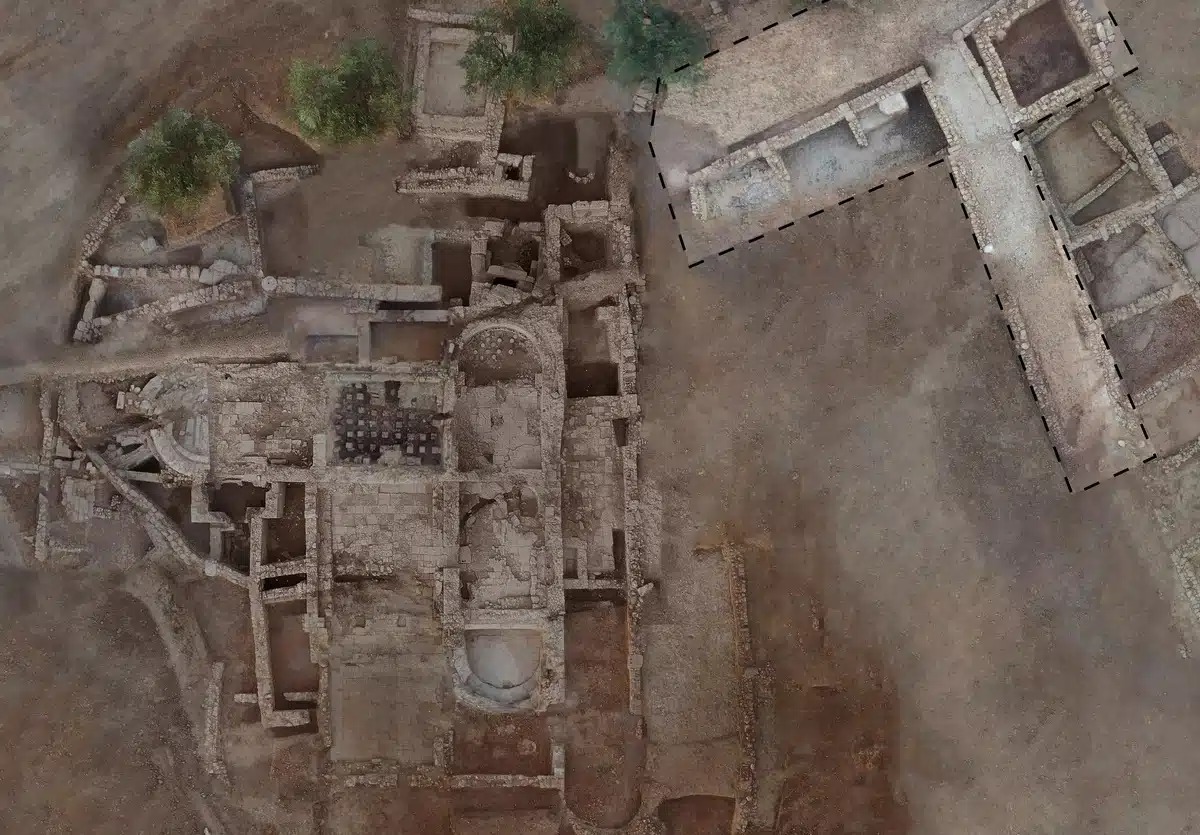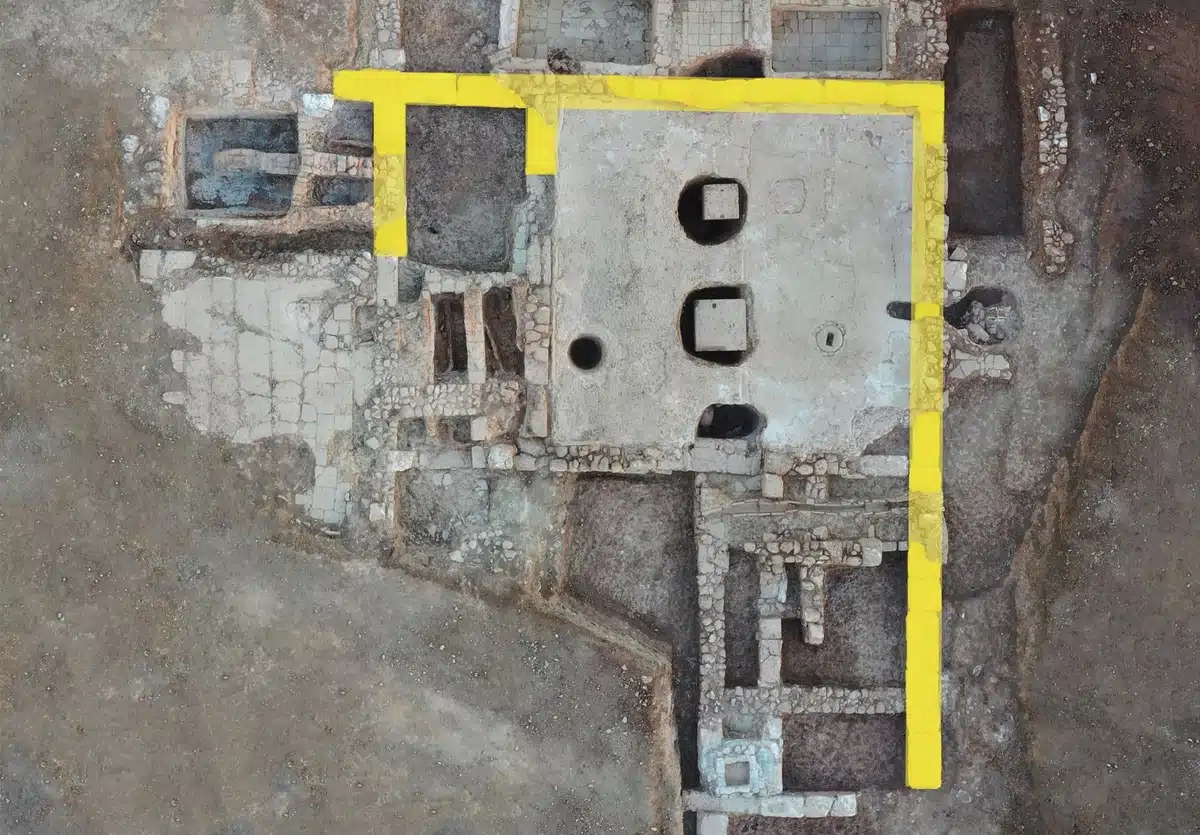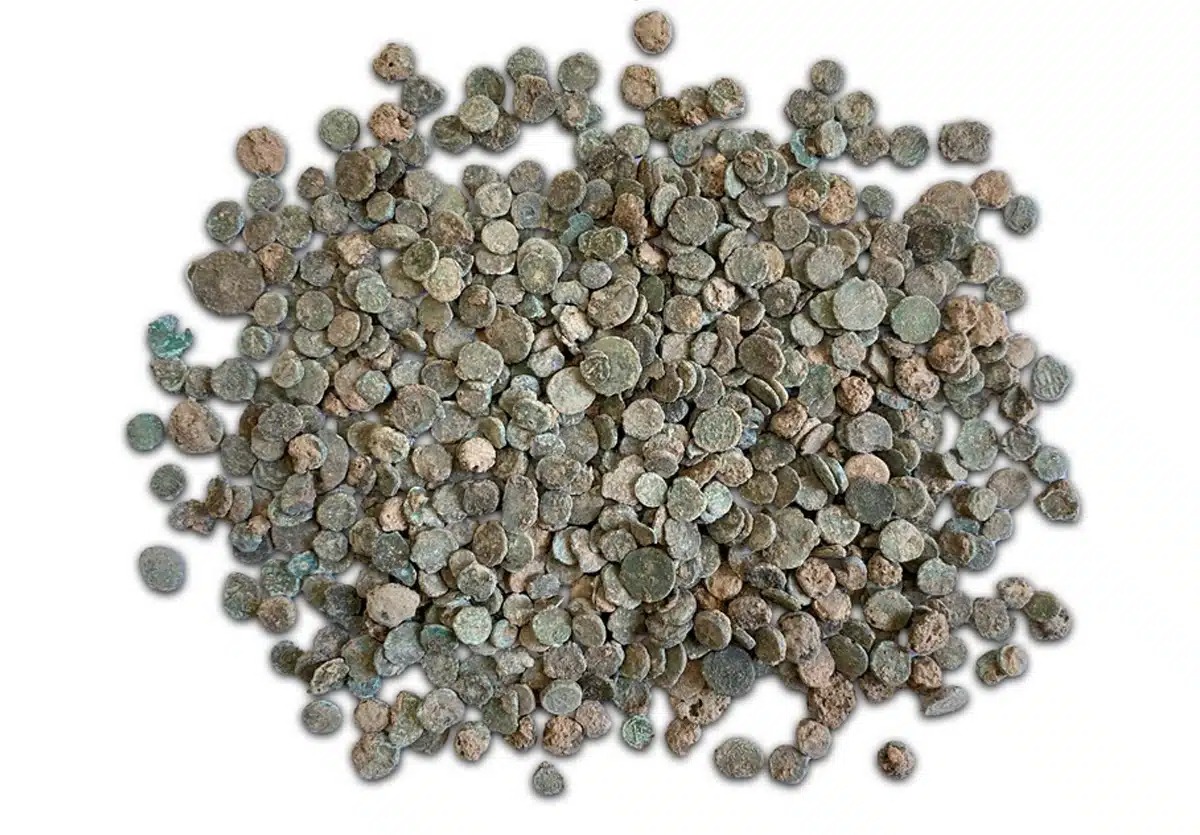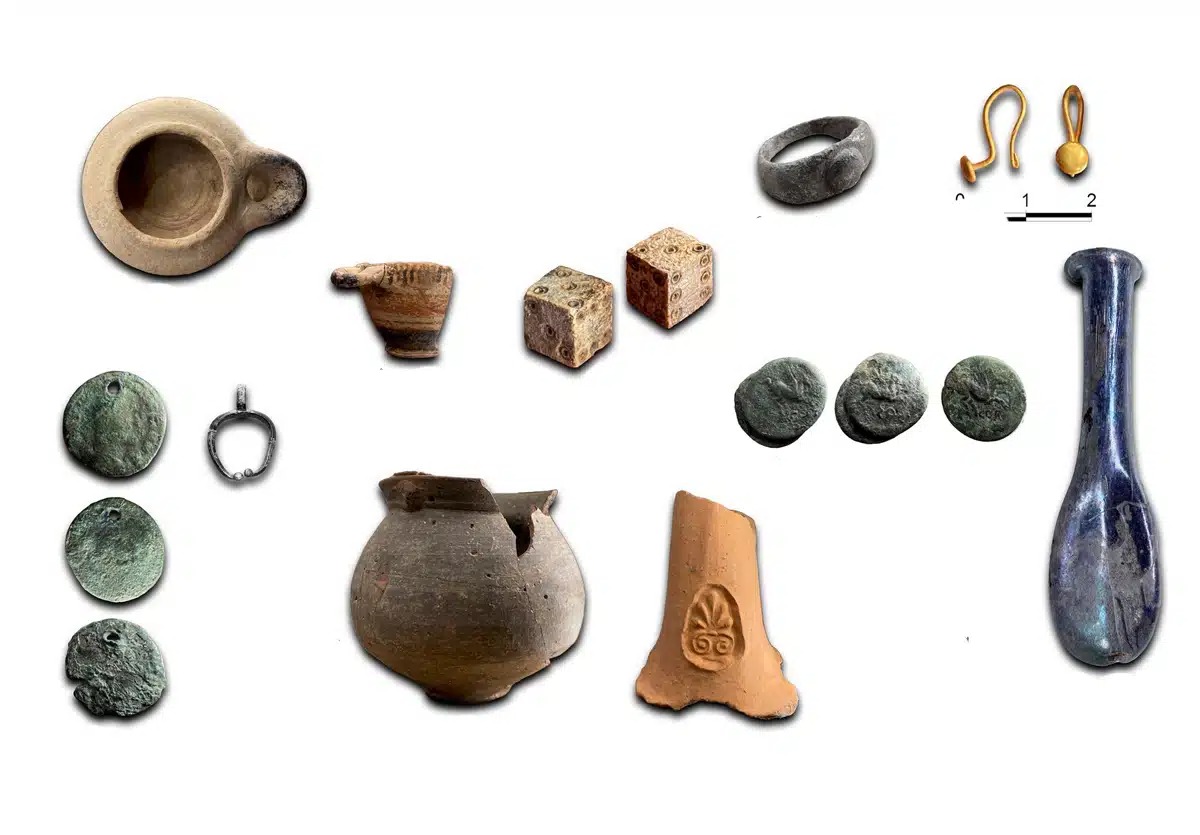ARCHAEOLOGISTS HAVE MADE NEW DISCOVERIES DURING EXCAVATIONS IN TENEA, LOCATED IN THE PRESENT-DAY MUNICIPALITY OF CORINTH, GREECE.

For centuries, Tenea was a lost city only described in Greek myths and historical texts, such as in the legend of Oedipus, the mythical king of Thebes, or the story of Archias of Corinth, who took colonists from Tenea and founded the city of Syracuse on the Italian island of Sicily.
Tenea can also be found in text by the 2nd century AD geographer, Pausanias, who states that the city was constructed by Trojan prisoners of war sometime around 1100 BC.
A chance discovery in 1984 led to the rediscovery of Tenea, when local villagers stumbled across an ancient sarcophagus while digging a well and informed archaeologist, Eleni Korka. The site was already known to looters and illicit antiquities smugglers, leading to large scale excavations in 2013 led by Korka to protect the site from further damage.

Roman building – Image Credit : YPPOA
Recent excavations by Korkas and the Directorate of Prehistoric and Classical Antiquities of the Ministry of Culture and Sports, have revealed the extent of the settlement area of the city, in addition to a multitude of new discoveries.
Four excavation sectors were investigated, revealing a large public building from the Roman period that measures 156 square metres. The building has elaborate stone masonry and contained a cache of 18 silver and copper coins, in addition to an iron pickaxe, an iron key, a stylus and Roman ceramics.
Excavations also uncovered a collection of votive figurines, and a cache of 2100 coins in a building among Roman shops. The coins mainly date from the 5th and 6th century AD. Among them are coins depicting Follis of Cyzicus, Theodosius, Marcian, Leo I, Zeno, Anastasius I Dicorus, Justin I and Justinian I, as well as a copper coin from the 4th century AD.

Image Credit : YPPOA
A building measuring 145 square metres was found near the Roman commercial centre, which in the lower layers of the foundations contained ceramics from the Archaic and Classical periods, in addition to 4th century BC Corinthian drachma and half-drachma, a significant number of miniature vases, lamps, and figurines depicting birds, horses and other animals.
Near the city necropolis, the team discovered a Roman burial monument with an underground chamber. Within the monument, archaeologists found a 1st century BC coin minted in Corinth, a bronze coin from Athens from the Classical period, a lamp with a representation of the god Ares, a glass incense burner, an urn, a cup and a lamp. The chamber beneath the monument contained the burial of a child, placed in a tomb covered with a ceramic roof.

Image Credit : YPPOA
To the east of the monument, an 18 metre long retaining wall was uncovered that was constructed from rectangular processed stones. The wall appears to have been interrupted during Roman times in order to build a large cistern, which was probably the primary water supply for the city during the Roman period.
Leave a Reply